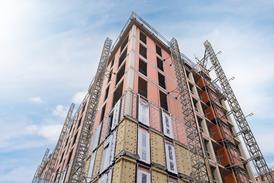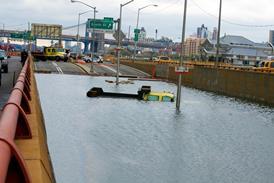- News

All the latest updates on building safety reformRegulations latest
- Focus
Close menu
- Home
- News
- Focus
- Comment
- Events
- CPD
- Building the Future
- Jobs
- Data
- Subscribe
- Building Boardroom
Cost model: School refurbishment
2010-02-19T00:00:00

Source: Clive Sherlock
Continuing this week’s focus on the renewal of the school estate, Simon Rawlinson and Paul Zuccherelli of Davis Langdon review one of the biggest challenges facing the BSF programme
This is PREMIUM content
available to Building Boardroom and Building subscribers only
You are not currently logged in. Building Boardroom Members and Subscribers may LOGIN here.
Become a Building Boardroom Member

to read this report now, plus have unlimited access to:
- Exclusive research and client insight to support your strategic planning
- Benchmark reports, and proven tools to aid your business development
- Attend bespoke community events…plus much more
Alternatively…
Become a Building subscriber
to gain access to building.co.uk for the latest news, expert analysis & comment from industry leaders, plus data and research.
Already a Boardroom member? Log in here.


















